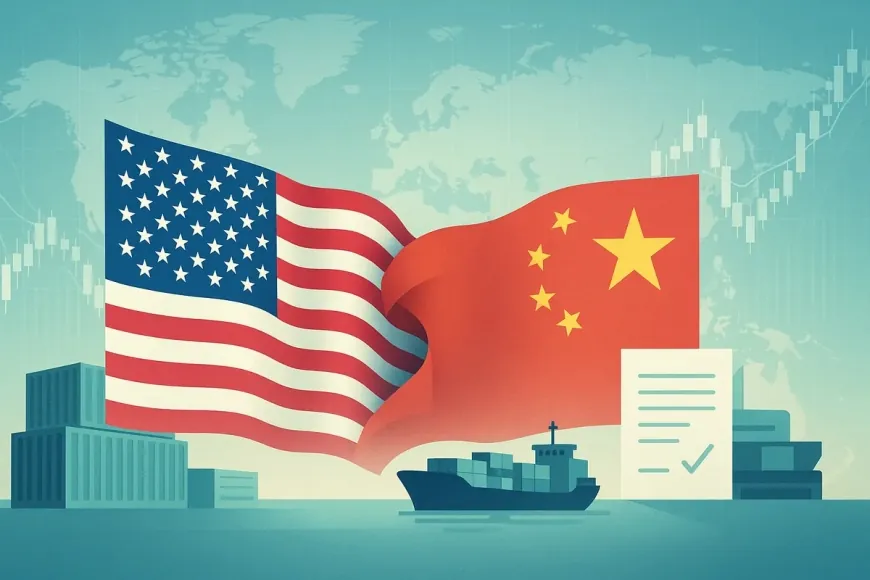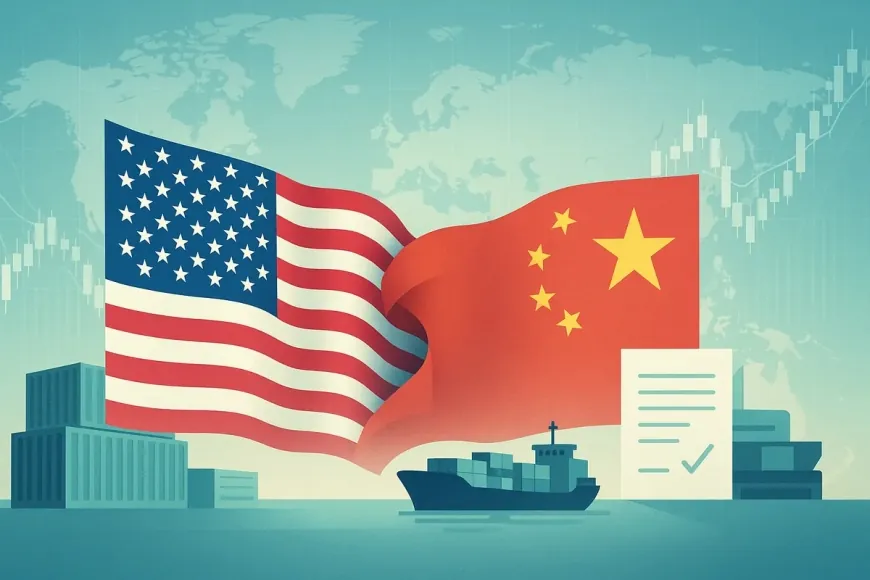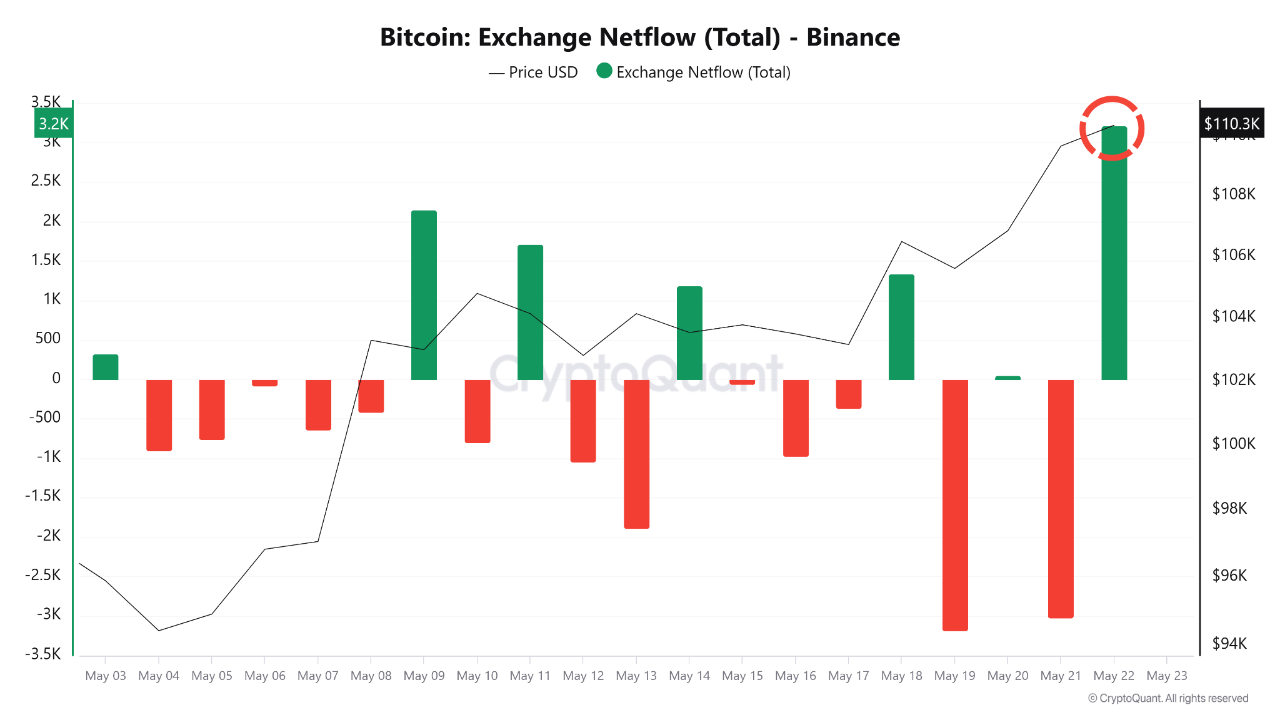
Key Points
U.S. and China finalize a limited trade arrangement ahead of the Trump–Xi summit, focusing on tariffs, soybean imports, and rare-earth export controls.
China to resume large-scale U.S. soybean purchases and delay new rare-earth export restrictions for about one year.
Washington withdraws its 100% tariff threat but maintains strict export controls on U.S. semiconductor and technology supplies.
Major disputes on technology and national security remain unresolved, with both sides focusing only on short-term trade relief.
Trump and Xi to meet in Busan, South Korea, to endorse the partial deal and plan further talks on enforcement and future trade issues.
U.S. and Chinese negotiators have completed a small set of trade measures to be announced at this week’s Trump–Xi summit, covering export controls, agricultural imports, and rare-earth supplies. The package is meant to ease immediate tensions but leaves deeper disputes over technology and security unresolved.
Trump told reporters on Monday he felt “really good” about the direction of the talks after a weekend of meetings in Malaysia that produced new commitments. The draft deal includes Beijing’s pledge to resume large-scale soybean purchases from U.S. farming states and Washington’s decision to suspend a planned 100% tariff in exchange for greater access to Chinese rare-earth magnets used in defense and high-tech industries.
Global equities rose on the news, with the MSCI World Index reaching record highs. Still, the gains were tempered by caution that the progress came from narrow compromises rather than resolution of structural differences.
“Both sides are settling what’s politically convenient,” said Sun Chenghao, a research fellow at Tsinghua University. “The difficult part—technology, state support, and security—remains ahead.”
Core Disputes Still Unresolved
The latest truce eases near-term pressure but sidesteps the main points of contention.
Treasury Secretary Scott Bessent has pushed Beijing to rely more on domestic consumption to narrow its trade surplus with the U.S., but China’s new economic blueprint prioritizes industrial capacity and technological self-sufficiency through 2030. The plan confirms Beijing’s reluctance to alter its growth model to fit U.S. demands.
As Trump tours Asia, his administration has signed separate deals with Thailand and Malaysia on rare-earth supply and anti-dumping measures with Cambodia—moves seen as shoring up U.S. leverage before his meeting with Xi Jinping in Busan, South Korea.
Talks there are expected to cover tariffs, rare-earth exports, and fentanyl controls, though differences over technology and national security are not expected to be bridged.
Rare-Earth Controls Remain a Flashpoint
Rare-earth materials continue to be one of the most sensitive issues. Bessent said China may postpone its planned export restrictions for about a year while reviewing the policy. In exchange, Washington will keep its semiconductor and technology export limits in place—a continuing obstacle for Beijing.
“China isn’t going to give up control of rare earths,” said Dexter Roberts, a senior fellow at the Atlantic Council’s Global China Hub. “That’s one of the few areas where it can directly influence U.S. manufacturing.”
Beijing’s effort to extend oversight to global shipments containing even trace amounts of Chinese rare earths has drawn criticism from European regulators, who call it an excessive reach into international supply chains.
Small Gains: Fentanyl and Tariff Relief
One of the few concrete outcomes from the latest discussions involves fentanyl precursors. U.S. officials said Washington could reduce or remove a 20% tariff introduced to pressure China on chemical exports if Beijing enforces stricter controls on illicit production.
According to Bloomberg Economics, lifting that tariff could limit China’s export losses to below 10%, offering mild relief to its manufacturing base.
Some earlier issues from the first trade war remain unsettled, including compliance with the “Phase One” agreement. Trump suggested on Monday he might close the review of China’s performance if the new framework holds, though he stopped short of a guarantee.
Talks to Continue Despite Limited Progress
The new measures mark a pause in escalation rather than a breakthrough.
“This is a pause, not a reset,” said Scott Kennedy, senior adviser at the Center for Strategic and International Studies. “Neither side is ready to confront the structural divide between them.”
Both governments appear to prefer stability for now. Trump has indicated plans to visit China later this year, while Xi is expected to make a reciprocal trip to the U.S. during upcoming international summits—a sign that dialogue will continue even as core disputes persist.
Also Read: US and China Reach Preliminary Trade Deal Framework Ahead of Trump-Xi Talks



